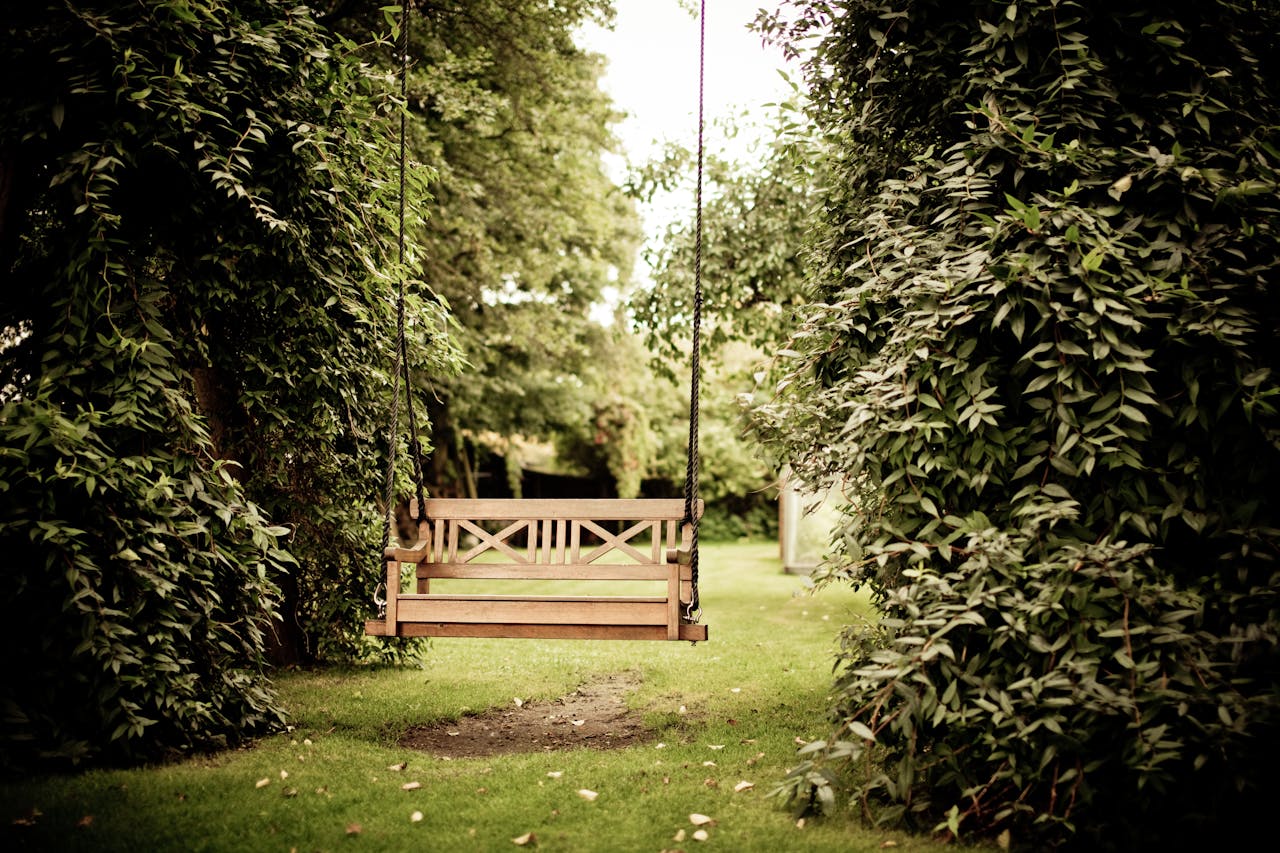How to Build a Garden That Can Weather Any Storm

Howdy, gardening aficionados! If you've got anything running through your head like I do, then it is probably thousands of hours spent tending to the garden while a wild storm decides to pass through and tear apart everything you had built. Wouldn't you agree? But no more worries! With some preparation and strategizing, you can build a garden that will stand with dignity against everything the conjuring hands of Mother Nature can shove against it. Be it a sudden downpour, aggressive winds, or even the odd hailstorm, your garden can stand tall to see through every ordeal. So let's get on with putting together a storm-ready paradise in that backyard of yours.
Choosing the Right Location: The Foundation of a Storm-Proof Garden
First things first: where you place the garden can make all the difference. Just like real estate: location, location, location! Weather in Australia can be very unpredictable—a proper description might be as unpredictable as a kangaroo on a trampoline. Thus, it is important to know the local weather patterns and choose the right spot offering risk minimisation.
Start by looking at the weather patterns of the area. Does it get heavy rains? Does it get strong winds? Does it experience cyclones once in a while? Such knowledge will enable your wise choices. For instance, if you live in an area that is prone to flooding, try to avoid low-lying areas where water often pools; select instead higher ground or raised garden beds for your plants so that they stay above potential floodwaters.
Wind can be another garden-wrecker, especially in coastal or open areas. To fight this, look to nature for windbreaks: hills, trees, and even your own home's structure. If you have no luck, make your own with hardy shrubs or a fence. These types of barriers go a long way in reducing the wind speed that robs the garden of any chance.
A little foresight in selecting the location can lead to someday biting fingers. It really is working with nature rather than against it.
Growing Tough Plants: Nature's Tough Cookies
Now, that's the alibi for the plants of the show! The choice of plants literally makes the difference between a thriving garden and one that just sneaks by. These native Aussie plants are your best mates here: they're tough, resilient, and have already adjusted for our unusual sets of circumstances.
Why Go Native?
- Well, kangaroo paws, bottlebrush, and grevillea have evolved through time to briskly handle Australia’s extreme weather.
- They are drought-tolerant plants, capable of withstanding strong winds and recovering quickly in the aftermath of a storm.
- Moreover, they almost always attract local wildlife; this is good news for your garden ecosystem.
But it's not all about natives. Some non-natives can hold their own too. Try to look for species with deep root systems: these will hold the plant secure and firmly in the ground. They also tend to select plants with stems that are flexible and don't break when they are subjected to high winds.
If you have a vegetable garden, you might have to be a little more strategic. Vegetables, such as tomatoes, lettuce, and herbs, may be more vulnerable to storms, so try to plant them in protected areas or use covers.
The main point here is this: select the plants that are made to last. Not only will they survive the storm, but they will also thrive long after it has passed.
Implementing Protective Measures: Giving Your Garden an Extra Shield
They offer extra care for your damages after having impeccable positions and plants. Think of it as letting your garden carry an umbrella and gumboots! Here are practical steps to protect your green space.
The Power of Mulch and Physical Barriers
- Mulching first. It's not just an aesthetic feature: mulch, in essence, is the superhero for any garden! A thick layer of organic mulch, be it straw or wood chips, will prevent soil erosion during heavy downpours. It holds water when the storm is quickly followed by a dry period, while the plants are cosy in their root-shock-protective mulch.
- Physical barriers are next on the list. Windbreaks and trellises can lend a helping hand to your garden if it is an area exposed to winds. Nor do these structures have to be fancy-fancy: A simple fence or a row of sturdier plants would do it. Cloches, row covers, and other such paraphernalia can provide additional protection to smaller plants from harsh weather.
The Importance of Drainage
Drainage is one of the biggest factors. Poor drainage can turn the garden into a swamp after a heavy rain, hence drowning the roots of the plants. Make sure to have proper drainage channels or perhaps add compost to build up the soil structure. If clay is your soil phase, then consider raised beds as your warp-through; it allows drainage to happen much quicker.
It is interesting how some of the approaches in gardening can take their cue from disaster assistance response teams. These teams are best prepared to cope with extreme events and recover afterwards; the special emphasis they put on resilience and adaptability can teach us a lot in terms of protecting our gardens. Like they anticipate disasters while thinking of good fortunes, so also can we follow such footsteps for our green home.
Conclusion: Growing Strong, Come Rain or Shine
Those were the landscaping ideas for a thunderstorm! Picking a prime location, sturdy plants to begin with, and some form of protection keeps gardens standing tall against the wrath of any storm. However, gardening is all about sharing and learning. Do you have any tips on making gardens storm-proof? Please share below, as I would love to hear them! If you found this post helpful, please subscribe to our newsletter for more gardening tips. Let's make gardens that are as tough as they are beautiful. Happy gardening!